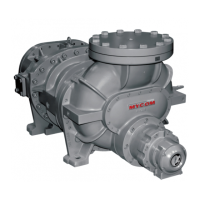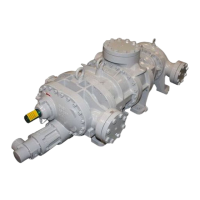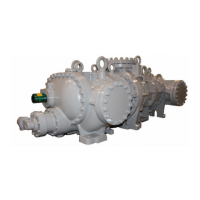What to do if my mycom Air Compressor stops immediately after startup?
- Jjason08Aug 15, 2025
If your mycom Air Compressor stops immediately after starting, it could be due to the activation of the low pressure protection circuit. To resolve this, check for refrigerant leaks, stop any leaks found, and then add refrigerant. Also, be aware of potential moisture entering the system. Alternatively, the issue might stem from a malfunctioning low pressure protection switch, pressure sensor, or relay. Identify any defective devices, investigate the cause of the failure, take necessary actions, and replace the failed device.




